In this week’s solo cast episode, I’m going to walk you through what I’ve learned from helping agencies to Install what I’ve dubbed the Qualitative Feedback Loop. This, dear readers, is a collaborative process that will help you systematically improve profitability.
About Me:
I am co-founder and CEO of Parakeeto and fractional COO at Gold Front – a creative agency working with top tech companies in San Francisco, including Uber, Slack, and Google.
In addition to being an agency profitability consultant – specializing in helping agencies get a handle on their gains – I’m also an in-demand keynote/virtual speaker and podcaster.
When I’m not helping agencies make more money, I’m either watching The Office or Parks & Rec on a loop, while eating breakfast foods for every meal alongside my fiance/partner in crime, Cearagh.
Points of Interest…
You know the drill… there’s more info regarding each point in the blog notes below!
- Challenges Around Qualitative Feedback Loops 1:00
- Collaborative Process Improvement Framework 1:54
- Gathering Your Data 2:30
- Define a Cadance 4:14
- Get Team Buy-In 6:25
- Create Ideas Backlog 8:07
Challenges Around Qualitative Feedback Loops
There are two critically important feedback loops within your agency. One is quantitative in nature – looking at data about your estimates and how much time it actually takes you to achieve said estimates.
The second piece is qualitative. It’s talking to the team about why gaps may exist and engaging them in the process of finding ways to become more efficient.
One of the more common challenges a lot of agencies face around this is defining who is responsible for driving such discussions. Usually, it falls to just a couple of people within the organization – more often than not, it’s the owners. The resulting issues are twofold.
Firstly: It starts to feel like a ‘top-down’ effort, with just one or two people trying to push the initiative, dictating what needs to be done. This creates an ‘us and them’ type mindset which hinders cohesion within the team.
Secondly: Those dictating, in turn, feel like they’re not getting much ‘buy-in’ from the team. Perhaps they’re starting to scale to a point where they’re removed from the day-to-day.
So, with the aforementioned issues in mind, I’m going to help you identify the highest return on investment process opportunities that are going to improve the efficiency and the profitability of your agency.
Collaborative Process Improvement Framework:
How do you go about surfacing and selecting issues that need addressing, while getting your team bought into a process that could ultimately empower them to self manage? This can be achieved by using the following framework…
- Data
- Cadence
- Buy-In
- Backlog
Let’s delve into each of those four points in more detail.
Gather Your Data
We want to make sure we have some data to help facilitate a qualitative conversation. The way data works is quite simple. Really, it’s the first two steps of our Agency Profitability Flywheel, which I outlined in Episode 40.
I delve into this around the 3:12 mark in this blog, discussing the relationship between the first two points of the Flywheel – those being Estimates and Actuals…
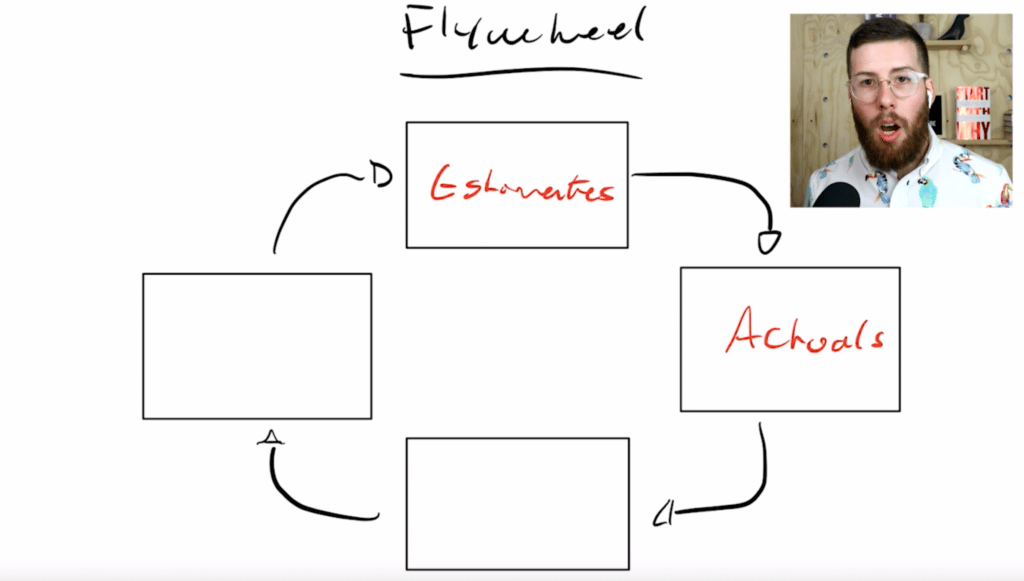
We’re then going to make an assumption – based on those inputs – to develop a relationship line by plotting these points on a Scoping Graph showing how much time it actually took.

In short, make sure you have the data to inform where gaps exist and where there are opportunities in your business. This provides the required information to start having the necessary discussions with your team.
Define Your Cadence
Generally, there are two types of cadences.
Project Retroactives: At the end of every project, schedule some time to touch base with your team and discuss how the project went. Some key questions to ask include:
- What are some things that went well that we want to repeat?
- Did something not go as planned?
- Why do we think that happened?
- How can we avoid such pitfalls next time?
Project Performance Cadences: This sit down generally happens on a weekly or biweekly basis and sees us pull up our data. Then we can have an informed conversation about in-progress projects and past projects. Again, ask some of the following questions:
- What’s going well?
- What’s not going as planned?
- What opportunities do we have to increase efficiency?
- Is there anything we want to avoid/do more of?
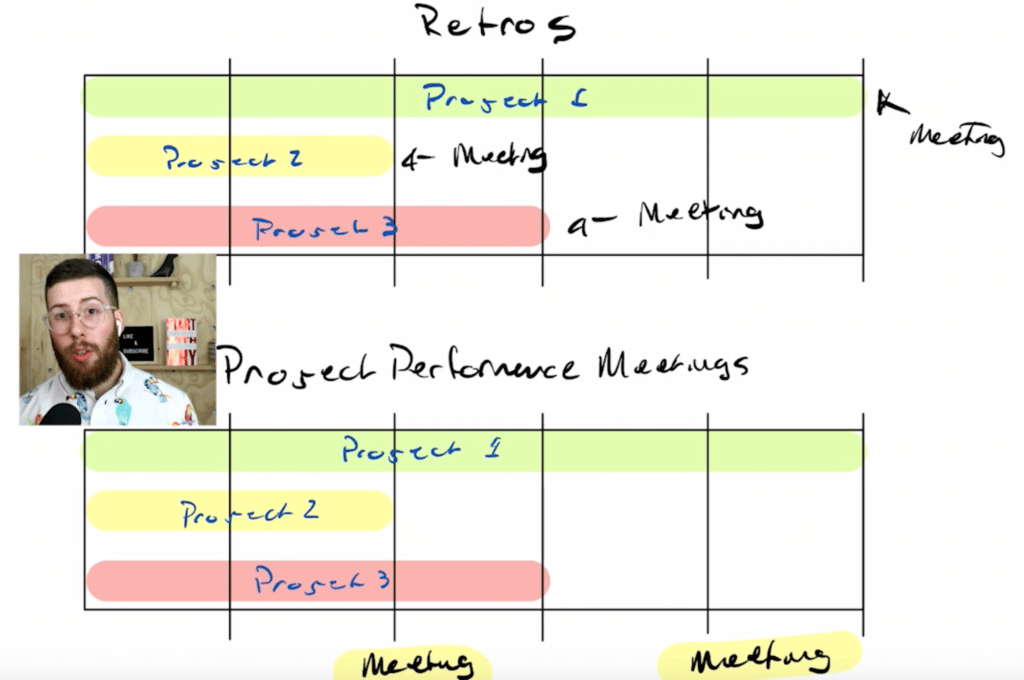
Clearly define your cadence, get it in the calendar and lock it in. Do not move it for client work. Protect it and make sure it happens consistently; it’s an important conversation that requires facilitating.
Get Buy-In With The Team
The purpose of these conversations is not to grill the team. Do not focus on the people involved, rather, focus on process. Be very careful about your language in these conversations.
“It’s not like, ‘Jimmy, why did you spend twice as long on the project management piece of this project than what we expected?’ It’s time WE spent.”
Refrain from barrelling into these meetings to immediately impart your opinions on what’s happening. Instead, only impart your opinions after the team has expressed theirs and ask for your input/feedback.
The team is going to be much more likely to be bought into making process improvements – if they’re personally devising them from the offset.
Side note: our Agency Profit Toolkit is a one stop shop for you to be able to outline some of these crucial profitability numbers to a potential buyer. Spreadsheets, templates and training videos, you name it, it’s all in the toolkit. Grab yours free at the link below:
Create Ideas Backlog
As we have these conversations, and as the team surfaces ideas, put them in a Backlog, which can be referred back to during your cadenced sit-downs.
“Here are some great ideas we’ve surfaced over the last couple of meetings to improve our processes, which one of these do we think is going to be the highest impact – with the least amount of effort – in terms of improving our efficiency? Which one will save us time in our workflow and make outcomes more predictable?”
Necessary questions asked; you’re now in a position to call a team vote on what is going to be the highest return on investment. Then, your team can self-organize; assign roles; project turnaround times etc.

Make sure you give your team the leeway to attend such product development/Sprint Meetings; if we’re always putting these processes behind client work, we’re communicating that process is not important.
Key Takeaway:
Again, remember the key points to creating this collaborative process, thus helping to systematically improve profitability.
Data: Make sure you provide your team with the right data so they can observe where the opportunities are in your business and identify gaps.
Cadence: Define it and protect it. Process is important.
Buy-In: Create team compliance by facilitating – not dictating – where the process improvements are going to occur, and focus the conversation on process, not people.
Backlogs: Make sure that you create and maintain a backlog of ideas and allow your team to prioritize those – and start working on those – by protecting their time.
If you do all these things, you’ll see your business become much more efficient and scalable.
If all of this was helpful, and you’re looking for more great resources to improve your agency’s profitability, I want to encourage you to grab our Profitability Toolkit on our website parakeeto.com/toolkit to find out more!
Want to see more from me? You can do that @…
Did you learn anything new from this episode? Let us know in the comments below – we value your feedback! Our next installment of #APP, on September 30th, will see us chat with John Jantsch. To view our previous blog with Chris Ronzio, make your way here…
Agency Profitability Tool Kit
If you’re looking for more resources to help you improve your agency’s profitability, then check out the Agency Profitability Tool Kit – it’s full of the same templates and checklists we’ve used with consulting clients to help them improve their profitability by over 100% in under 60 days.

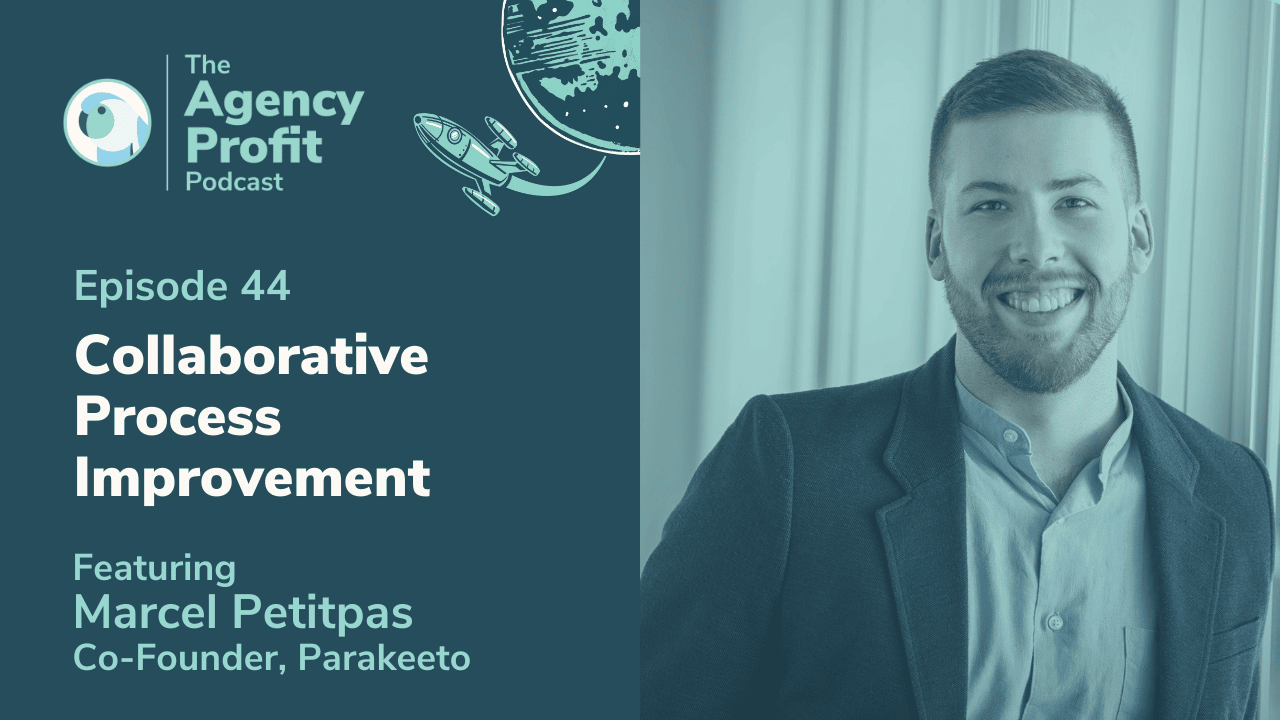


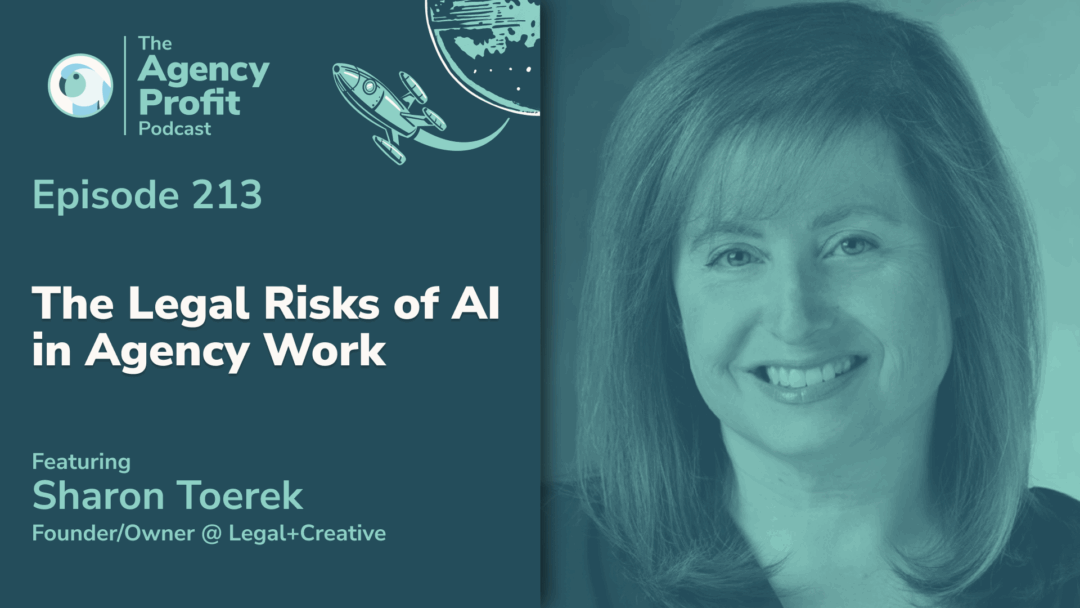
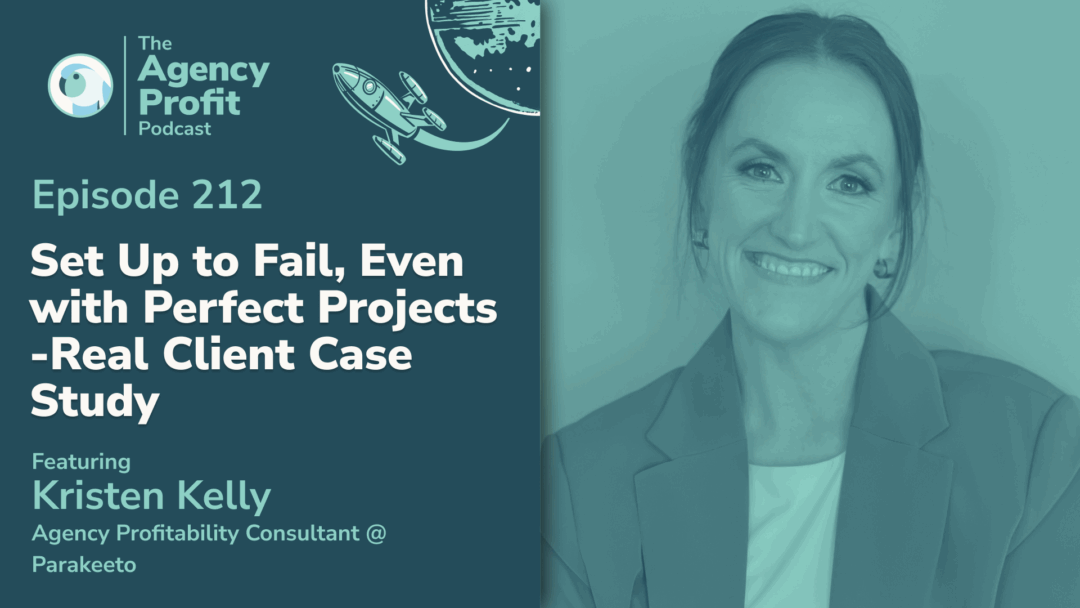
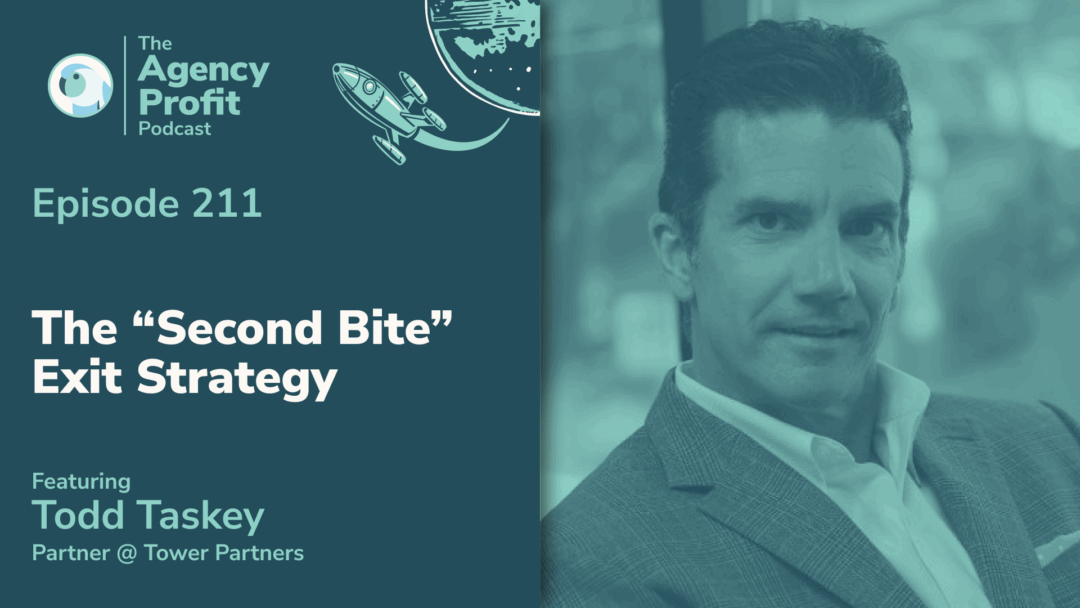

0 Comments